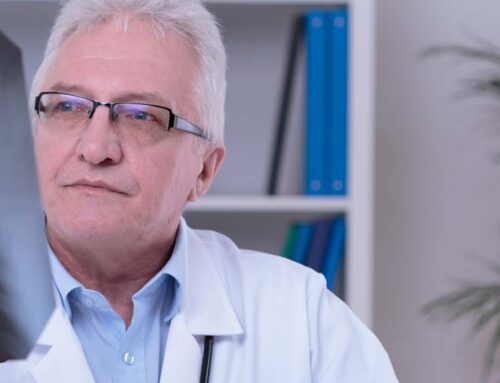Researchers in Edinburg, Scotland have been searching for a treasure. It is not gold or jewels; it is the key to how organs form scars. They believe they might have discovered this healing key, which could lead in two significant directions:
They believe they might have discovered this healing key, which could lead in two significant directions:
1. Treatments for transplant patients…
2. The development of new drugs that would actually prevent patients from needing a transplant…
Put simply, they are studying the microscopic details of how damaged tissues heal and form scar tissue. Some of the micro-biological research can be condensed into basics that we can all understand. If you have a parent suffering with COPD or a child with cystic fibrosis, you will realize the major impact this research could have in their lives.
A Little Molecular Anatomy:
We know that “Fibrotic diseases occur in many tissues within the body — including the liver, lung or kidneys — and have a range of causes including viruses or toxins.” In this article, when we speak of scarring, we do not mean the kind of positive scarring that heals a cut on your hand. In the case of many organ diseases, scarring is not a good thing, especially on lungs and livers!
At the University of Edinburg, Dr Neil Henderson of the Wellcome Trust, explained, “When tissue scarring becomes severe, affected organs do not work properly and currently the only treatment for end-stage organ failure is transplantation. However the shortage of donor organs means that many patients die while waiting for surgery.”
Attention! Scar Control!
1. We know where scar traffic control resides. Scientists found the source of scar tissue in very specialized cells, which are called myofibroblasts.
2. Here’s where the new research revealed exciting information. “The study discovered that a molecule on these cells is a key regulator of fibrotic disease.” Scientists named this molecule alpha v integrin. Think of it like a critical on-off switch. It turns on the myofibroblast cells, empowering them to make scar tissue.
Regulating The Magic Molecule
The Experiment:
1. The team studied specially bred mice with fibrosis.
2. They needed to discover if subtracting the alpha v integrin molecule from the myofibroblasts “would reduce the amount of scar tissue in their organs.” (Yes, we know, the little lab mice are heroes.)
The Result:
Much to the team’s delight, the researchers discovered that when they removed alpha v integrin from the myofibroblasts, the little mice were became protected “from fibrosis of the liver, lung and kidneys.”
The Bonus:
They also discovered that micro-molecular surgery was not necessary. They found that they could treated the mice with an experimental drug designed to block alpha v integrins. Again, when they were treated with the medicine, the animals were protected from the ravages of liver and lung fibrosis. You can read more about the study at this source.
This could be a small step for one little study, but a giant leap for patients who suffer the effects of lung scarring from COPD, cancer, and other deadly lung diseases.
In Honor Of COPD Awareness: Florida Lung Doctors’ Brief, Wallet-Sized List of the Symptoms of COPD:
• Do you have a persistent cough, sometimes called “smoker’s cough?”
• Are you suffering with shortness of breath while doing everyday activities?
• Are you bringing up a great deal of mucus?
• Have you been feeling like you can’t breathe?
• Have you lost the ability to take a deep breath?
• Have you been wheezing?
Part of November’s Awareness Effort for COPD is to make everyone understand the above mini-list of symptoms. Do not diagnose yourself, since these are symptomatic of other diseases also. Simply use these as warning signs, and book an appointment with your doctor.
A Thanksgiving Season Thought From The Team At the Florida Lung Asthma & Sleep Specialists: Stand up, on this Thanksgiving Day, stand upon your feet. Believe in man. Soberly and with clear eyes, believe in your own time and place. There is not, and there never has been a better time, or a better place to live in. ~Phillips Brooks





